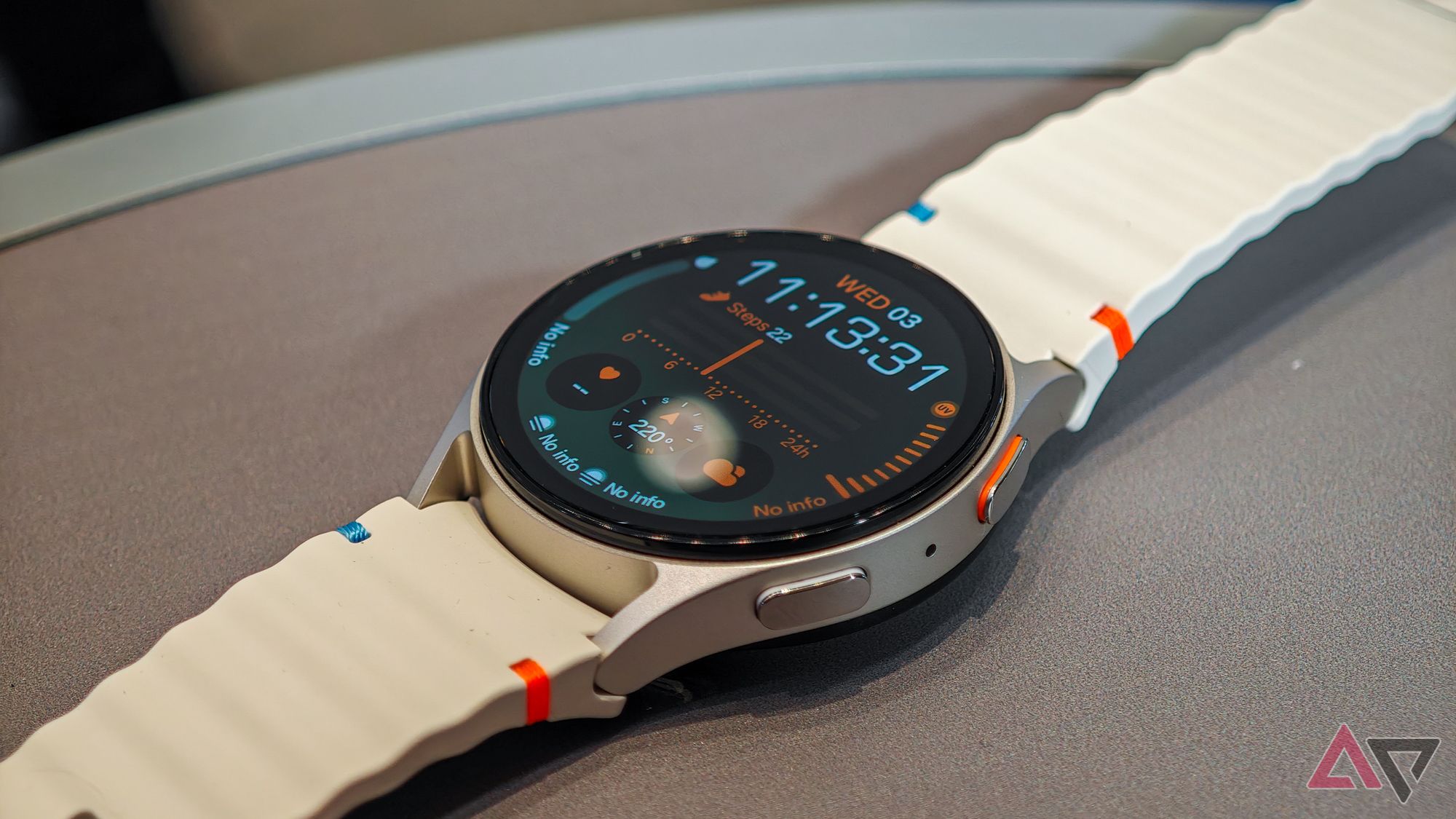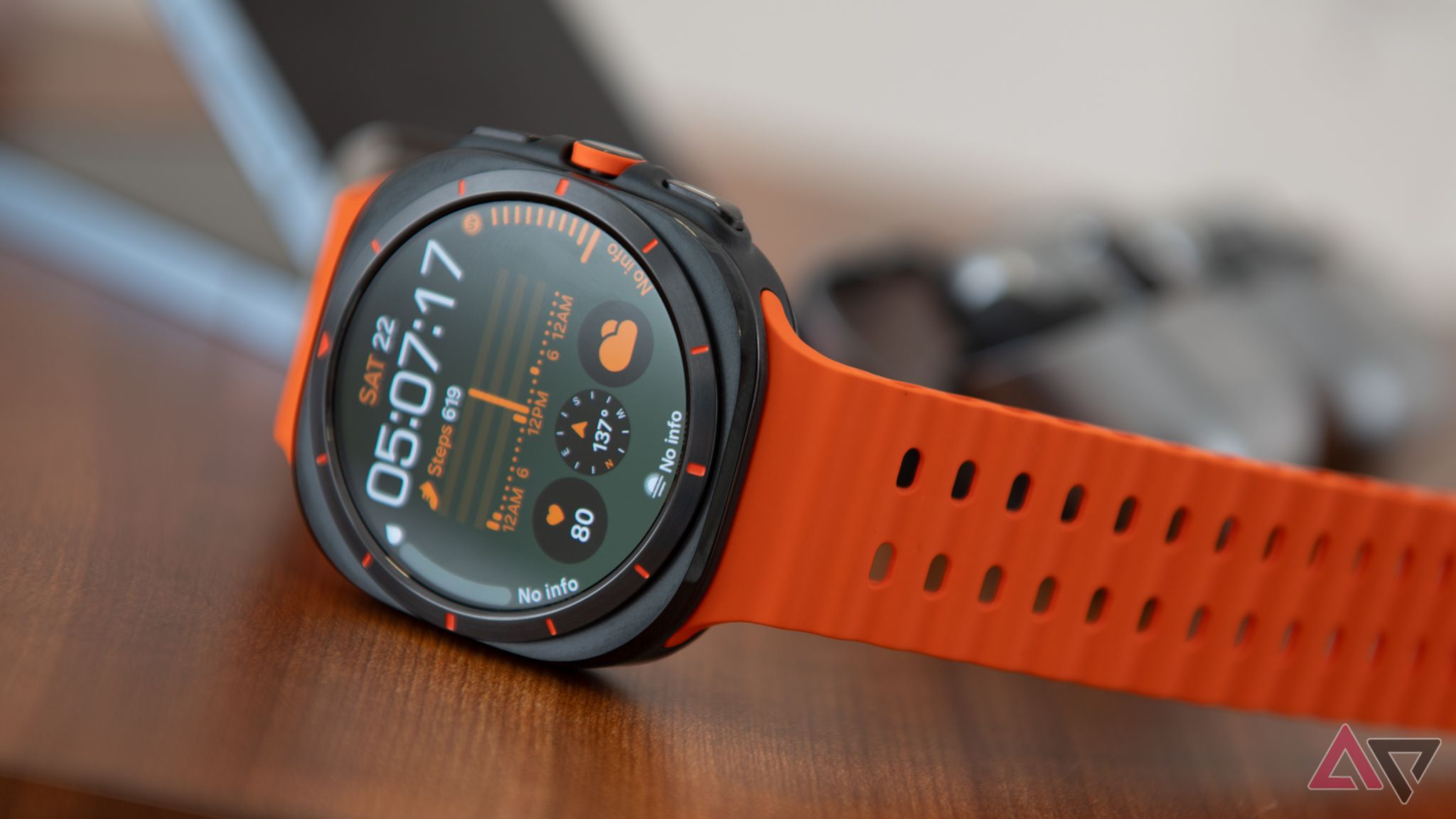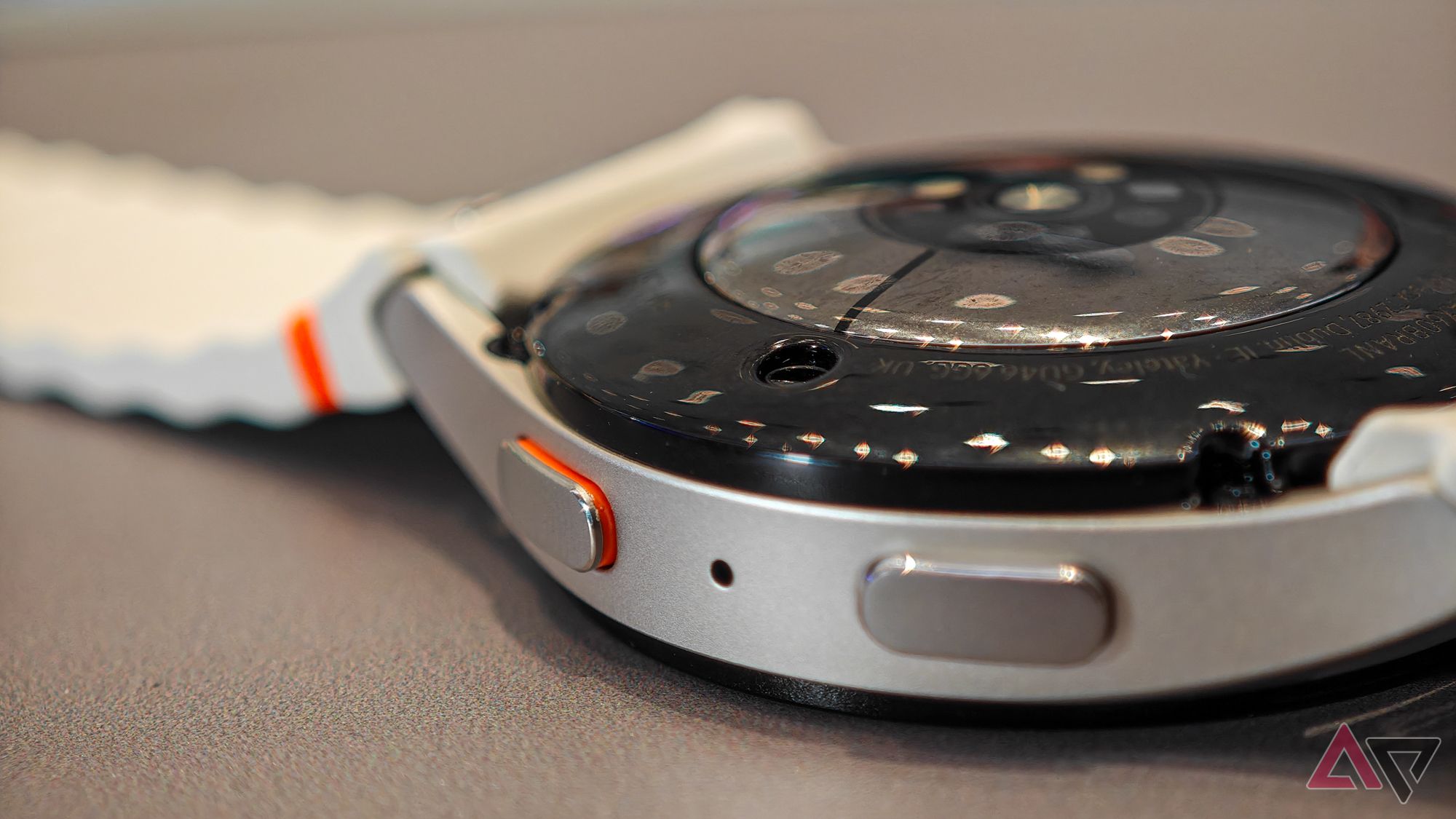Samsung’s Galaxy Watch series has constantly topped our best Android smartwatches list. Apart from solid build quality, software support, and respectable battery life, class-leading health tracking is one of the reasons behind their soaring popularity. That’s primarily due to the BioActive sensor that Samsung packs in on its wearables. This Samsung proprietary technology runs different health sensors on a single chip on Galaxy smartwatches.
The South Korean giant has offered a BioActive sensor on its wearable lineup for a while. With the introduction of the Galaxy Watch 7, Samsung revamped it to deliver better performance and efficiency. Continue reading to learn more about this fascinating sensor on the back of your Galaxy wearable.
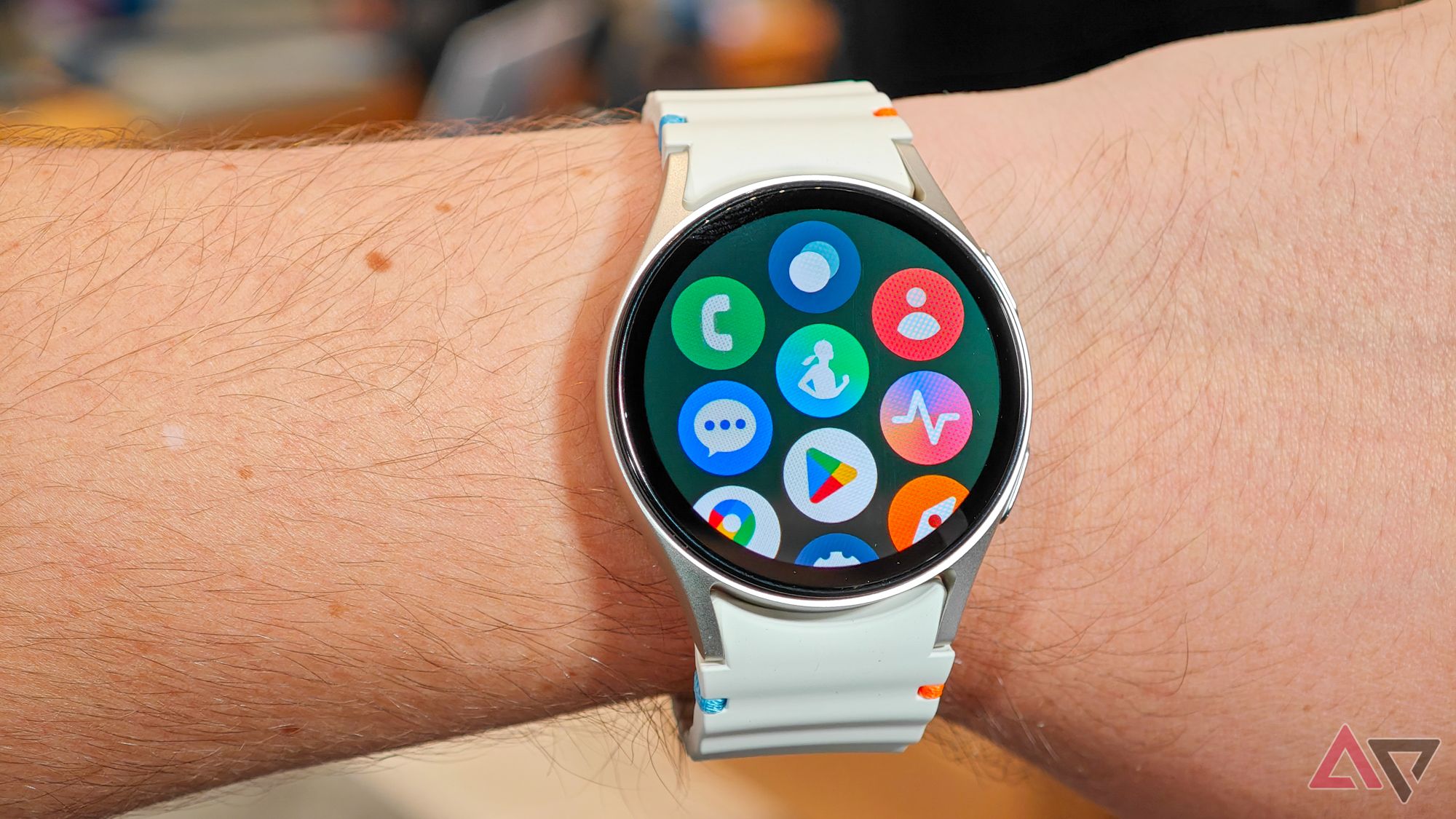
Related
Samsung Galaxy Watch 7: Price, specs, news, and features
The latest smartwatch from Samsung, and it sports Wear OS 5
The BioActive sensor in Galaxy Watch: Explained
The BioActive sensor is a 3-in-1 sensor that runs on a single chip. This single chip runs three health sensors on your Galaxy wearable: Optical Heart Rate sensor, Electrical Heart sensor, and Bioelectrical Impedance Analysis (BIA).
Samsung smartwatch measures data like body fat, fat mass, body water, BMR, and BMI. The built-in BIA sensor in the BioActive sensor relies on current resistance to calculate approximate body composition data. Apart from body composition, BioActive sensors can measure blood pressure, irregular heart rhythm, ECG, and blood oxygen.
How to use the BioActive sensor on a Galaxy Watch
Before using the BioActive sensor on your Galaxy Watch, enter your weight, height, and gender to receive accurate results. Open the Samsung Health app on your Galaxy Watch and select Body Composition to start the process.
After tapping Measure, move your watch higher on the wrist, place your middle and ring fingers on the side keys, and start the measurement process. It takes about 15 seconds to complete the process. In the meantime, don’t come in contact with any object.
During the process, your watch sends a low-voltage current to the body, creating a circuit that completes a circle from the first finger to another. Your body’s fat, muscle, and bone affect this current signal. After the circuit is complete, it collects data from over 2,400 points and sends the relevant information to Samsung. The company uses its algorithms and displays measured data in 15 seconds.
Since the system passes a low voltage current to the body, pregnant women and those with a pacemaker or similar equipment in their body shouldn’t use this function on their Galaxy Watch. Check out our separate guide to learn how to measure body composition on Galaxy smartwatches.
Other use cases for the BioActive sensor on the Galaxy Watch
The BioActive sensor has three sensors integrated inside. Apart from body composition, it can measure heart rate, ECG, and blood pressure.
Measure heart rate
It is one of the common uses of the BioActive sensor on your Galaxy Watch. The sensor relies on built-in green LEDs and infrared lights to calculate heart rate. These green LEDs are slotted between the BioActive sensor chip.
Check ECG
The ECG function is available only in specific regions. The ECG sensors heart health and checks your heartbeat rhythm. If it detects irregular heartbeats, the system alerts you. It also sends a warning about atrial fibrillation and similar symptoms in your body. Check our guide to enable and measure ECG on your Galaxy Watch 6.
The third sensor is BIA (Bioelectrical Impedance Analysis), which we discussed in the section above.
What’s new in Samsung’s improved BioActive sensor?
The BioActive Sensor in the current Galaxy Watch lineup is already accurate. With the newly announced Galaxy Watch 7 series, Samsung elevates it with the latest iteration of its BioActive sensor. Samsung claims to deliver more accurate health measurements with advanced predictive and wellness features.
With the new BioActive sensor, Samsung improved the performance of light-receiving photodiodes, added more LEDs, and arranged them optimally across the sensor. Previously, the BioActive sensor needed eight photodiodes. With the latest version, Samsung trimmed the number to four without affecting performance.
Samsung redesigned the BioActive sensor and saved space by using a variety of LEDs. Apart from an increased number of Green, Red, and Infrared LEDs, Samsung integrates several Blue, Yellow, Violet, and Ultraviolet LEDs.
The South Korean giant promises better accuracy and performance for health metrics like heart rate, sleep quality, blood pressure, ECG, blood oxygen, and stress levels. Samsung also claims 30% accurate heart rate tracking during intensive workouts.
The latest BioActive sensor brings the AGE (Advanced Glycation End products) index. It is an indicator of your metabolic health and biological aging. The sensor measures the data based on your lifestyle and dietary habits. You can use the data to make decisions about your lifestyle and work toward a healthier future.
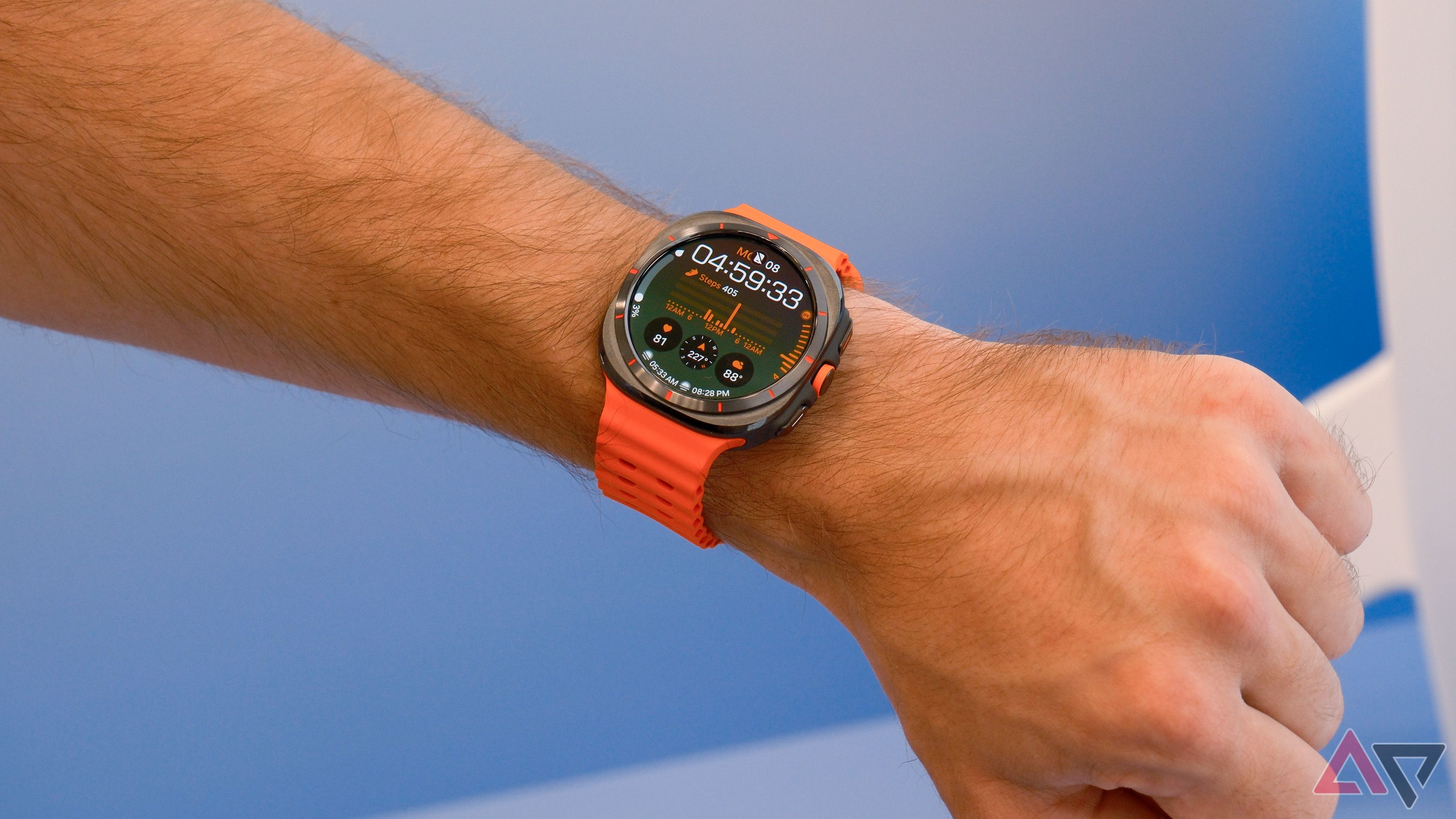
Related
Samsung Galaxy Watch Ultra: Specs, features, pricing, and availability
Samsung’s latest wearable is big, square, and expensive
BioActive sensor compatibility
The BioActive sensor is available on these Samsung wearables only:
- Samsung Galaxy Watch 4
- Samsung Galaxy Watch 4 Classic
- Samsung Galaxy Watch 5
- Samsung Galaxy Watch 5 Pro
- Samsung Galaxy Watch 6
- Samsung Galaxy Watch Classic
The latest iteration of the BioActive sensor is available on the Watch 7 lineup only:
- Samsung Galaxy Watch 7
- Samsung Galaxy Watch Ultra
It’s one of the differentiating factors and a top reason to upgrade from your existing smartwatch to Samsung’s latest offering.
Measure personalized health insights more precisely than ever
With an improved BioActive sensor on the latest Galaxy Watch 7 series, Samsung aims to redefine health tracking on its wearables. As more Galaxy users embrace digital health, add-ons like the BioActive sensor are pivotal in managing your health. Whether you are into fitness or want to keep an eye on your health, a Galaxy Watch with a BioActive sensor is worth considering as your next purchase.
If you are in two minds about upgrading from Galaxy Watch 6 to Watch 7, learn the differences between the two.
Source link

